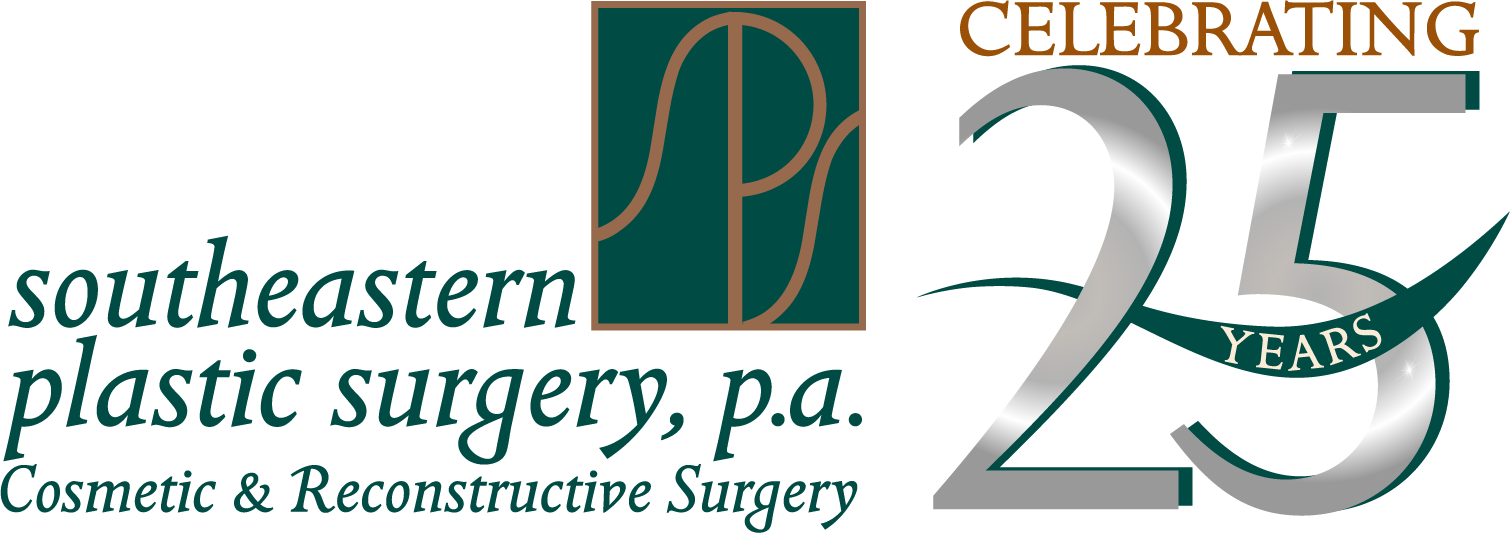Angelina Jolie’s proactive double prophylactic mastectomy brought to the forefront a tough decision that more and more women are considering. According to a report in the journal Current Oncology Reports, the incidence of prophylactic mastectomy doubled between 1998 and 2005.
A prophylactic mastectomy is the surgical removal of one or both breasts to reduce the risk of developing breast cancer. Often the decision to take this step is preceded by one or more factors including:
- A family history of breast cancer such as a mother, sister or daughter who experienced breast cancer especially before the age of 50.
- A personal history of breast cancer making an individual more likely to develop breast cancer in the opposite breast.
- A positive test for BRCA1, BRCA2 or PALB2 gene mutations, which increases the risk of breast cancer.
- Radiation therapy on the chest prior to age 30.
- Dense breasts or tiny deposits of calcium in the breast tissue.
- A diagnosis of lobular carcinoma in situ (LCIS), which has been shown to increase the chances of developing breast cancer.
“We have seen a growing number of women who have decided to move forward with the surgery,” said Dr. Ben J. Kirbo, a board-certified plastic surgeon at Southeastern Plastic Surgery, P.A.. “Some will want immediate breast reconstruction following the surgery and others prefer to wait for reconstruction.”
Individuals can choose to have a simple or total mastectomy or a subcutaneous mastectomy. With a total mastectomy, the nipple, areola, and all of the breast tissue are removed. It does not include removal of lymph nodes or muscles.
A subcutaneous (nipple sparing) mastectomy includes removal of all the breast tissue but the nipple is left alone. This option is not chosen as often as a total mastectomy since more breast tissue is left behind that could develop cancer later.
As with any surgery, there are risks. The surgery is permanent and not reversible. In addition, the surgery causes significant loss of sensation in the breast. Some women experience anxiety or depression about their body image. And while prophylactic mastectomy may reduce the risks of developing breast cancer by about 90 percent, it doesn’t guarantee that breast cancer will never happen.
Dr. Kirbo advises that any woman considering prophylactic mastectomy should call and schedule a consultation so that all options can be discussed.
To learn more about prophylactic mastectomy and breast reconstruction procedures available at Southeastern Plastic Surgery, P.A., visit them online at se-plasticsurgery.com or find them on Facebook. Southeastern Plastic Surgery, P.A. is located at 2030 Fleischmann Road in Tallahassee, FL and Dr. Kirbo can be reached at 850-219-2000.



Leave a Reply